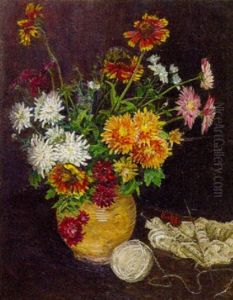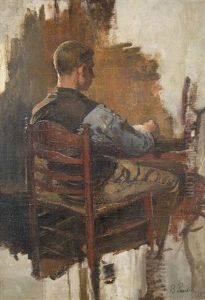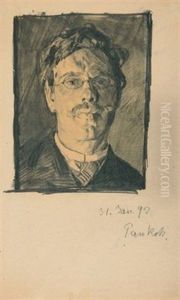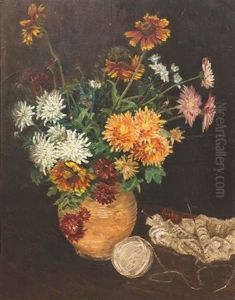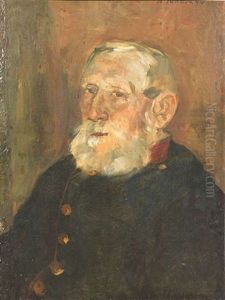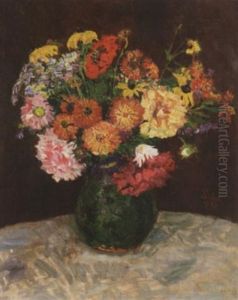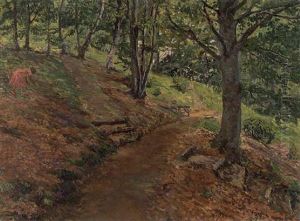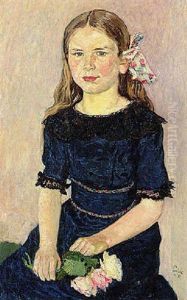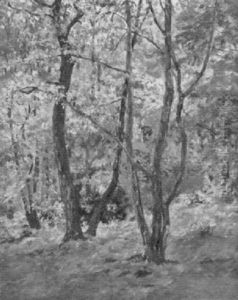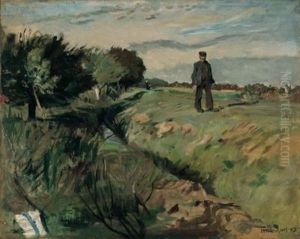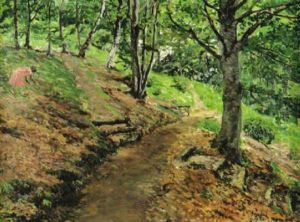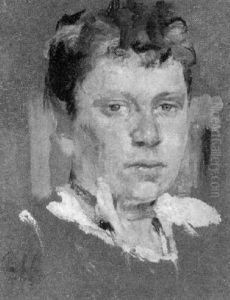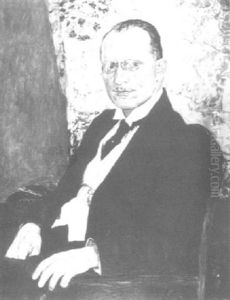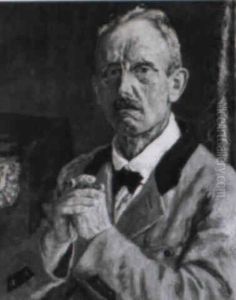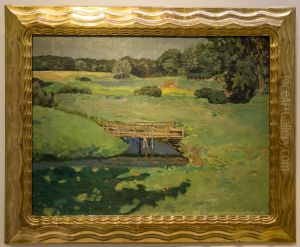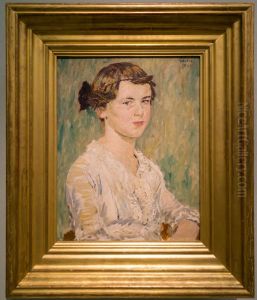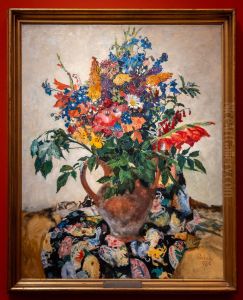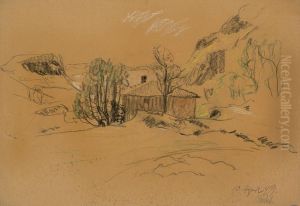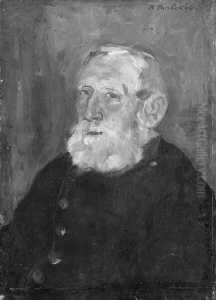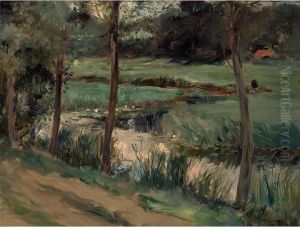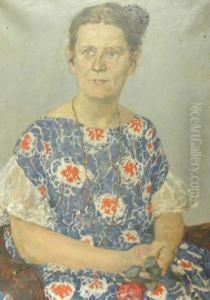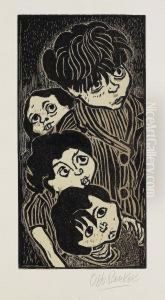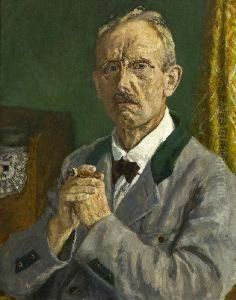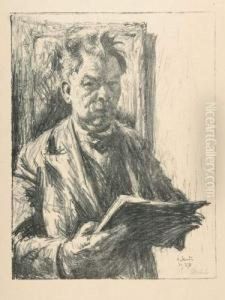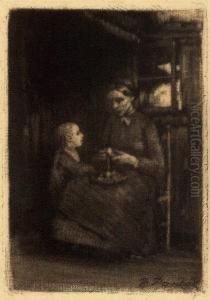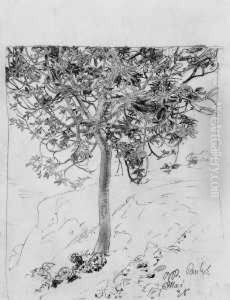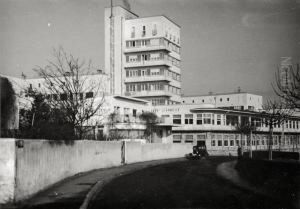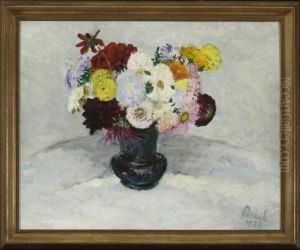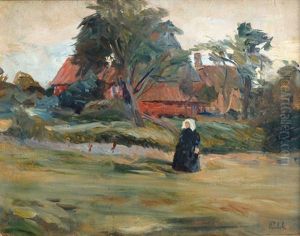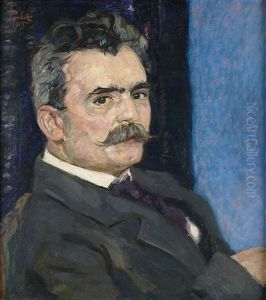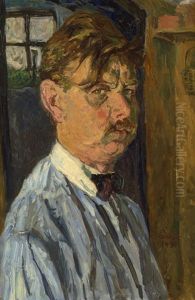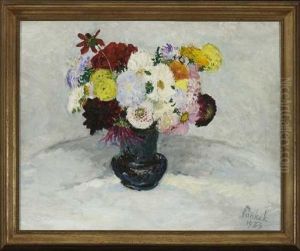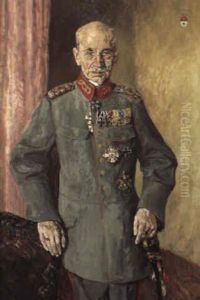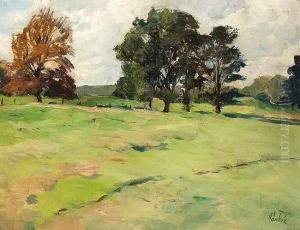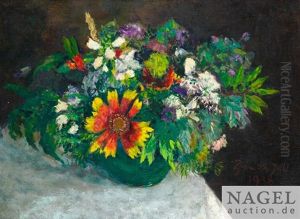Bernhard Pankok Paintings
Bernhard Pankok was a multifaceted German artist and designer, whose contributions spanned across painting, graphic design, and the decorative arts. Born on April 5, 1872, in Münster, Germany, Pankok was a prominent figure in the Jugendstil movement, the German counterpart of Art Nouveau, which emphasized a break from the historicism of 19th-century art and design. His work is characterized by its innovative use of line and form, integrating natural motifs with geometric structures.
Pankok’s early education in the arts took place at the Kunstakademie Düsseldorf, where he honed his skills in painting and drawing. His career quickly expanded into graphic design, where he made significant contributions to the visual language of the Jugendstil movement. Pankok was also a founding member of the Munich Secession in 1892, a movement that sought to provide artists with more freedom and independence from traditional art institutions.
Throughout his career, Pankok was deeply involved in interior design and the decorative arts, designing furniture, textiles, and exhibition spaces. His holistic approach to art and design was evident in his role as a professor at the Stuttgart State Academy of Art and Design, where he influenced a generation of artists and designers.
Pankok's work was not limited to fine arts and design; he was also a prolific illustrator and book designer, contributing to the visual culture of the early 20th century. His illustrations often featured in magazines and books, encapsulating the spirit of Jugendstil with their fluid lines and organic forms.
Despite the changing artistic landscapes of the 20th century, Bernhard Pankok remained committed to the principles of Jugendstil throughout his life. He continued to produce work until his death on April 20, 1943, in Baierbrunn, Germany. Pankok's legacy is preserved in various collections and museums, showcasing his significant contributions to the development of modern art and design in Germany.
